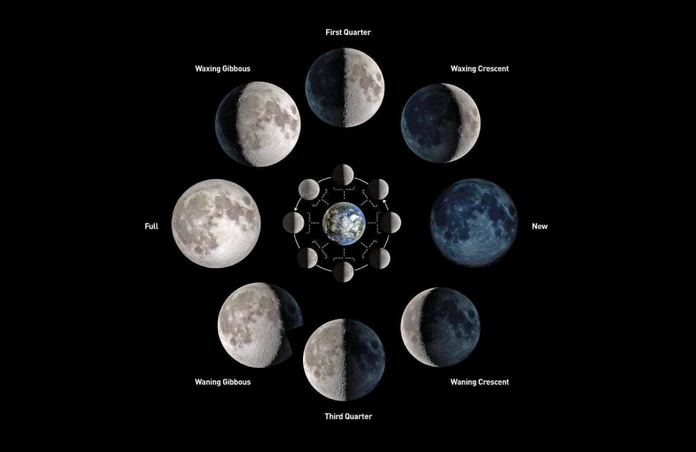The Role of Moon Illumination in Deep Sky Astrophotography

The Moon somehow plays a big role when it’s about deep sky astrophotography. The Moon is full about every four weeks. Within about a week either side of full, the Moon floods the night sky with reflected sunlight.
This can cause some real challenges for DS-astrophotography. We got lucky using telescopelive. The telescopes are in really great remote places with great bortle classes.
SO, THEN THE QUESTION COMES UP, WHAT CAN WE OBSERVE WHEN THERE IS AN ONGOING MOON ILLUMINATION?
Well one way would be, choosing targets that still show up in sky through the glow.
This could be open cluster or globular clusters. Usually, they are really bright and are often overlooked targets by imagers.
I think they are really unique and have a look of an infinite universe and endless stars and might add some variety to your portfolio.
(Some great targets for upcoming Summer would be: M5, M13, M92.)
- Then there are planetary nebulae which can be observed a lot of nights during the year like M57 (Ring Nebula), M27 (Dumbbell Nebula) are usually bright enough to punch through the light of the Moon.
- Last but not least the most common way to conquer rising Moon illumination is shooting narrowband images. These filters block all light except for a narrow range of wavelengths — roughly 3 to 10 nanometers wide — where specific elements emit visible light. Narrowband Images can be observed to 100% Moon Illumination – from my own experience I usually shoot them max. at 75%
Galaxies are really hard to observe during a rising Moon Illumination, so its not suggested observing them with a Moon Illumination above 25%
DO YOU TAKE CARE OF THE MOON ILLUMINATION WHEN OBSERVING A TARGET? DO YOU RATHER OBSERVE ALL YOUR TARGETS WITH A LOW MOON ILLUMINATION? OR DO YOU TAKE THE EFFORT OF MAYBE TAKE CARE OF IT IN POST PROCESSING?
This blog post was originally published in our Telescope Live Community.
The Community represents Telescope Live's virtual living room, where people exchange ideas and questions around astrophotography and astronomy.
Join the conversation now to find out more about astrophotography and to improve your observation and post-processing skills!
